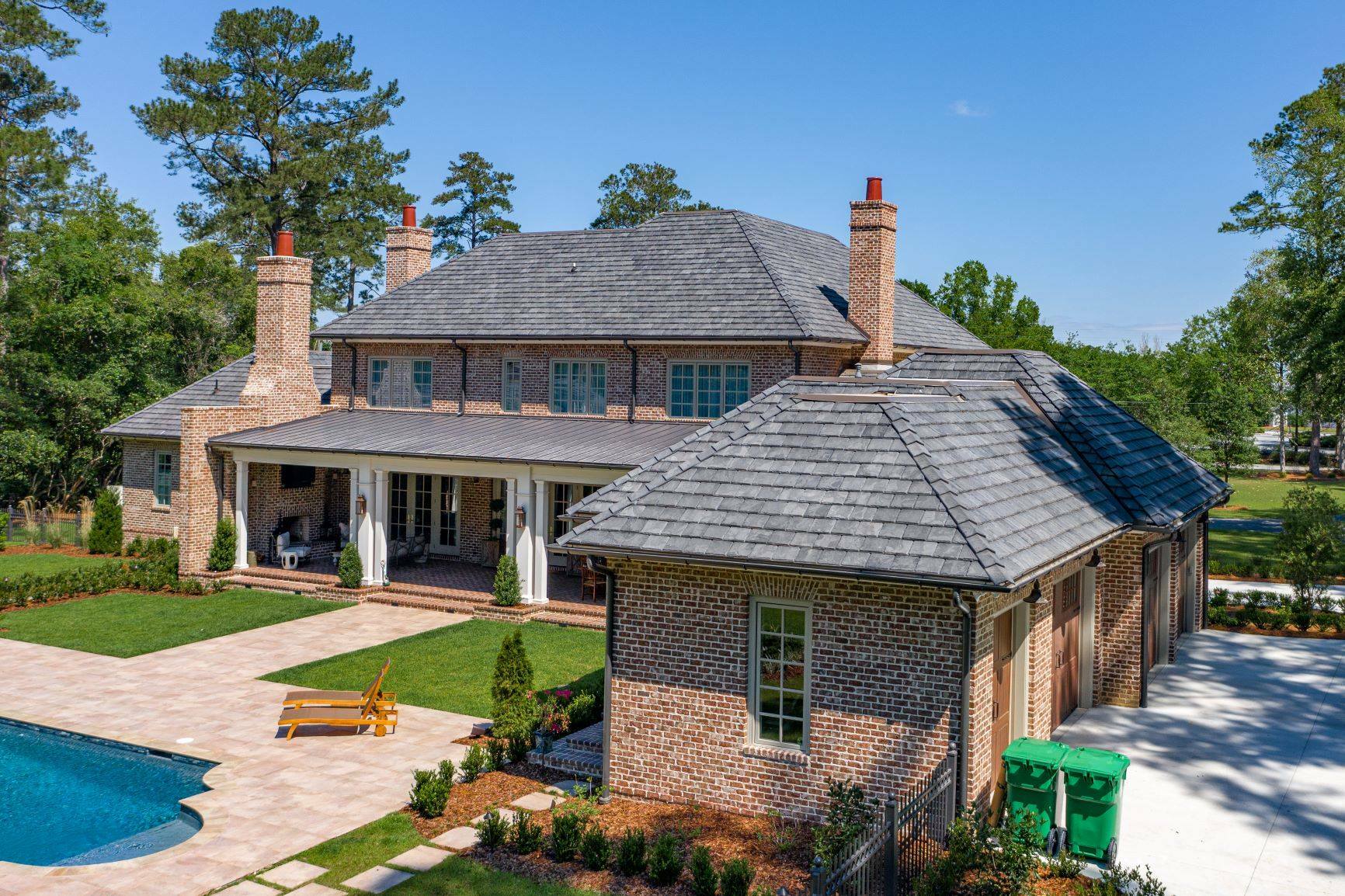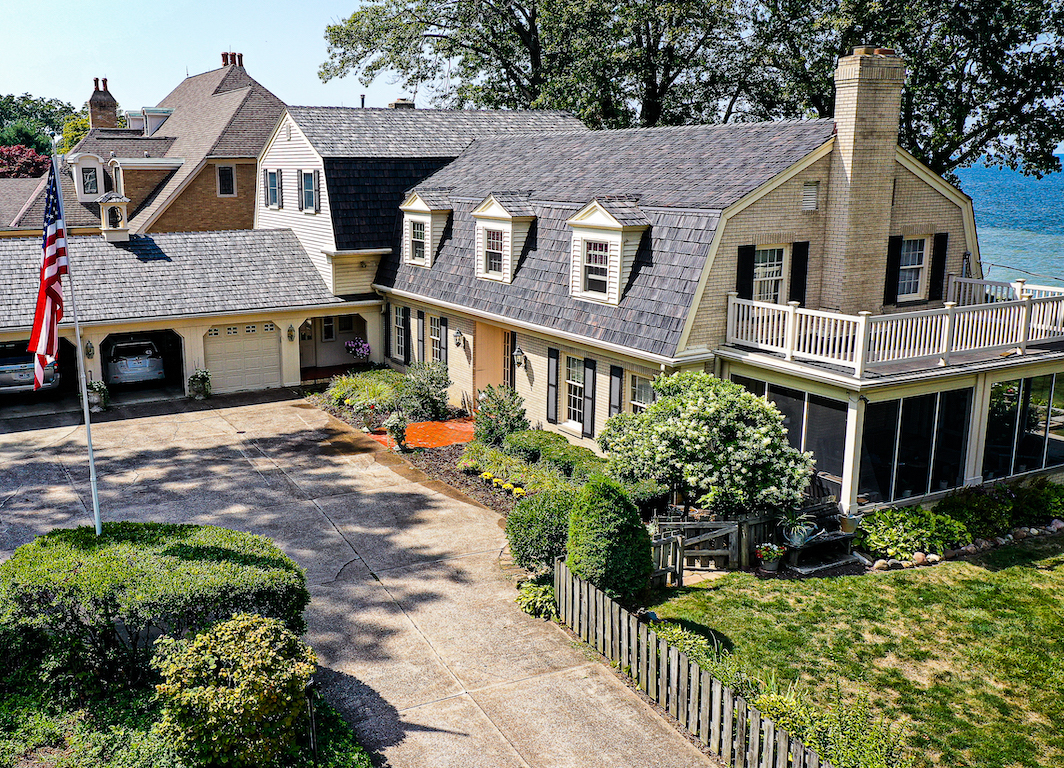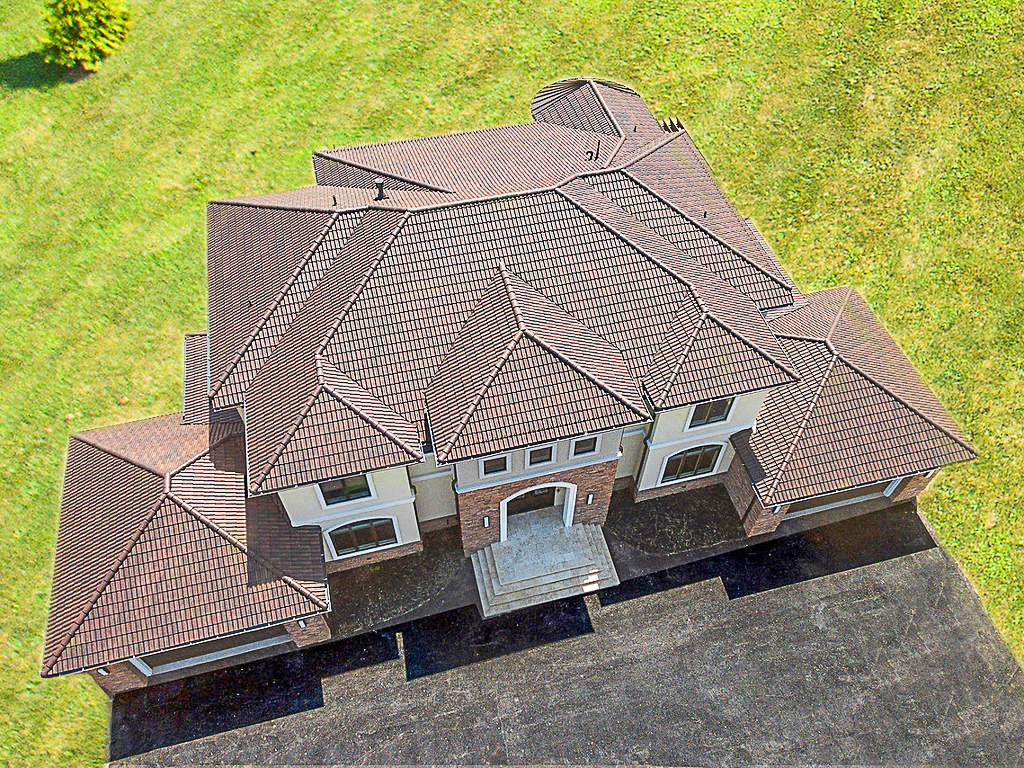
Has the time come for you to start considering a new roof over your property? Or, are you building some new construction and planning on the best roofing choice? You might be tempted to go with the enticing low-cost of traditional asphalt shingles. You could be convinced that the “all-natural” roofing styles are the only way to give your roof an authentic look. But, have you ever considered alternative roofing choices?
Today, there are loads of roofing alternatives to the traditional materials you’ve seen in the past. In fact, many of these shake and shingle alternatives are simply synthetic, eco-friendly options that closely mimic the style and appearance of the natural materials they’re based on.
Alternative roofing choices tend to be a much better long-term value for your home. Plus, they’ve been around for a long time now, and manufacturers have developed synthetic roofing styles that look more sleek and natural than ever before.
With so many options, it’s important to be well-educated before making a decision. After all, a new roof is one of the most expensive undertakings you can go through as a homeowner. Plus, you’re going to be living with your new roof for many years to come, so it has to be a roof that you’re happy with.
Why Not Use Natural Roofing Materials?
Simply put - synthetic alternative roofing materials are the more modern technology. They’re designed to last longer and withstand more weathering than traditional materials. Asphalt shingles, while an economical choice, are flimsy and easily-damaged. Asphalt shingle roofs just don’t last nearly as long as most other types of roofing. There are numerous synthetic shingle alternatives that will greatly outlast traditional asphalt shingle roofing. And when it comes to shingle alternatives, synthetic materials can look even better than the originals. Wood shakes are a much sturdier option than asphalt shingles, but as you might be able to guess, natural wood is a fragile substance that needs regular, thorough upkeep to maintain its integrity and attractive look. With wood shakes, you have to be very diligent about refinishing the roof and regularly inspecting for damage after significant weather events. On top of that, wood shakes aren’t much more wind-resistant than shingles are, so they only offer a somewhat small increase in protection. Natural slate roofs are actually highly durable, they look great, and they last a very long time. However, they’re among the most egregiously expensive roof types. While they’re definitely a sound choice to keep your home safe, many homeowners don’t have (or want to expend) the financial resources for a natural slate roof. Plus, they’re incredibly heavy, and some older or weaker structures may have issues bearing the load of all that natural stone. Not only that, but the mining operations that produce raw materials for slate tiles can have a negative impact on our environment. While there are definitely decent choices to be made from natural roofing materials, you’ll enjoy more benefits with a synthetic roofing system.
Alternative Roofing Solutions
Slate Tile

Brava Synthetic slate one of the more eco-friendly roofing alternatives, oftentimes being made from recycled materials. For this reason, it’s seeing a massive increase in popularity in more environmentally-conscious areas. But that’s not the only great reason to consider synthetic slate roofing as an alternative solution to natural slate. Compared to “real” slate, synthetic slate roof tiles are far more affordable. The materials used to make synthetic tiles are simply more available and easier to get your hands on, so manufacturers don’t have to charge the exorbitant prices typically associated with natural slate. Some natural slate materials run as high as $40+ per square foot, while synthetic materials run much, much cheaper. Even better, it’s far easier to install synthetic slate than it is to install, so the installation job itself will cost you much less, too. Synthetic slate tiles simply aren’t made of real stone. This means they’re a great deal lighter in weight than real stone! Most commonly, synthetic slate roof tiles are made from recycled plastics and rubbers, which are reworked to give them the aesthetic appearance of natural slate. This is one of the biggest reasons it’s so much easier to install; the material is far lighter (thus easier to transport and work with) and it’s less dense and solid, meaning it’s easier to get it to fasten to the roof deck. Your roofing contractor will appreciate your choice of synthetic slate over natural slate, because it makes his life much easier. Additionally, synthetic slate is a great roofing alternative because it’s one of the safest and most durable roofing choices you can make. That’s not to downplay the security offered by natural slate, but we’ve already covered the disadvantages of “real stone.” Synthetic slate roofing materials are built to handle heavy storm damage. They’re commonly built to a class 4 impact rating, giving your home the utmost protection from heavy storms and hailstones. And, while natural slate is also very tough, it does come with the risk of cracking, even just with fluxuations in the temperature.
Cedar Shake

is an elegant, classy roof style that adds a lot of curb appeal to your home. And, cedar isn’t just valued for its attractive look; it’s also a practical choice for a sturdy roof. However, as you know by now, wooden roofing materials come with a lot of disadvantages that make them a difficult choice for a homeowner who wants a long-lasting roof that’s easy to take care of. Synthetic cedar shakes are a great alternative roofing choice, instead. Most often made from composite polymers, these panels mimic the look of all-natural wood with incredible accuracy. They come in a variety of shapes, sizes, and all different colors, giving you a versatile range of roof styles to choose from, all within one category. You don’t have to have wooden paneling on the rest of your house for a synthetic cedar shake roof to beautifully match your home’s style.
Unlike real wood, synthetic cedar won’t deteriorate quickly with the rain. This also means that you don’t have to spend nearly as much time treating and maintaining your roof to keep it looking its best. And, being made from strong composite materials, they’re much more wind resistant than natural wood (which, like shingles, can blow right off when exposed to high wind speeds).
Natural wooden shakes have a nasty tendency to crack and split as temperatures change, particularly during the cold seasons. Synthetic cedar shakes are great roofing alternatives because they don’t have this fundamental problem. You’ll far less often find the need to replace individual panels when your roof is built with synthetic shakes. And while we’re on the topic of weathering, synthetic shakes won’t discolor under the bright sun like natural wood will. It’ll maintain its attractive true color for years to come!
Barrel Tiles

These tiles are meant to imitate the style and appeal of a clay Spanish tile roof. Traditional clay tiles have a distinct look, and give your home a special quality and character that’s not found everywhere around the United States. However, as with other traditional roofing materials, synthetic barrel tiles are a superior alternative roofing systems to natural clay. It’s remarkably difficult to spot the differences between natural clay tile and synthetic tiles with the naked eye. Unless you’re up close and you know exactly what to look for, the synthetic materials look practically identical. This means that choosing synthetic doesn’t sacrifice any curb appeal for your home. Natural clay roofing materials are simply more labor-intensive to source and produce. As a result, they’re a lot more expensive. Synthetic barrel tiles can come at as little as ⅓ of the cost of natural clay tiles. Plus, while traditional Spanish clay roofs last around 30 years, many synthetic barrel tiles can last 50 years or longer. You can get synthetic tiles with a Class A fire rating and a Class 4 impact rating, offering your home industry-leading protection for your home. Clay tile is also highly fire resistant, but it’s much more brittle and susceptible to impact damage from heavy storms, particularly debris from heavy winds. Synthetic barrel tiles are far sturdier, so they won’t crack, shatter, or fall off from intense weather. And, just like synthetic slate roofs, synthetic barrel roofing systems are much more lightweight than real clay. For this reason, it’s much less stressful on your home, and it’s a lot easier for your roofing contractor to install. When it’s time for you to pull the trigger on a new synthetic roof for your home, you can get the process started by requesting product samples from Brava Roof Tile. Our synthetic products the best roofing alternatives to the more costly, less reliable natural roofing systems that were popular a long time ago.



